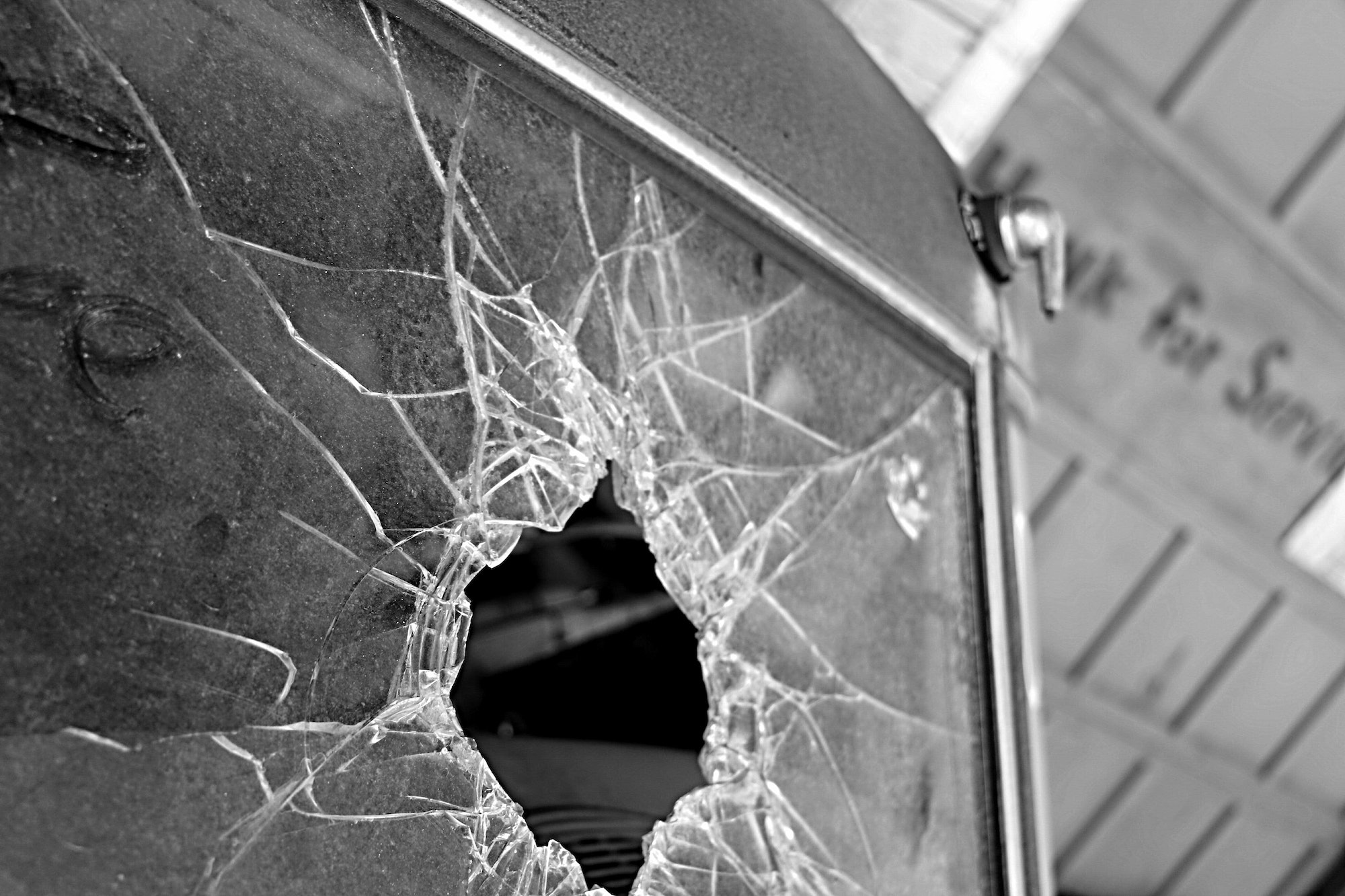As a responsible homeowner, take necessary measures to protect your property and family from potential safety hazards. It means regularly inspecting and carrying out repairs, maintenance, and cleaning. Consider the age, needs, and abilities of those living with you. Here are seven safety hazards to always keep in mind.
Broken Glass
A window or door with broken glass is a considerable safety hazard. It causes severe lacerations if someone steps on it, while shards become projectiles during a storm. Glass breaks due to strong winds or a heavy object pushed against it. It’s normal wear and tear with old windows or doors. Replace broken glass immediately. The best part is that service providers such as vanisleglass.com can help you. It’s vital to consult the professionals when replacing:
- Glass railings
- Sliding glass patio doors
- Glass mirrors
- Fireplace glass
- Energy-efficient window glass
Slippery Floors
Typically, floors become slippery if not regularly cleaned and maintained. Spills, dust buildup, and clutter are some of the causes. Simply clean and remove obstacles. Note that bathrooms and kitchen floors are more prone to slip and fall accidents.
Slippery floor materials are also a significant issue. Areas such as entrances, bathrooms, kitchens, and stairs require more slip-resistant materials. Replace smooth tiles with textured, non-slip ones.
Additionally, remove wall-to-wall carpeting if the edges are worn out. These are tripping hazards. If you live with elderly or physically challenged relatives, place a non-slip mat near the bathtub or shower. Handrails and grab bars are also worthy investments.
Fire Hazards
Fire hazards are the most severe home safety issues. The causes are varied, from faulty electric wiring to combustible materials near a heat source. Be proactive. Inspect your house’s wiring and ensure all electrical sockets are safe.
Don’t ignore frayed, discolored, hot wires or sparking outlets. Other silent hazards include poor ventilation, overloaded sockets, and faulty appliances. Get rid of combustible materials near heat sources such as stoves or furnaces.
Additionally, have a professional check for gas leaks as a precaution. Upgrade the wiring if it’s old and replace faulty appliances. Install fire alarms throughout the home and test them regularly. Make sure that everyone knows what to do when the alarm rings.
Carbon Monoxide Poisoning
Carbon monoxide (CO) is a colorless and odorless gas hazardous to human health. It results from burning coal, wood, fuel oil, propane, or natural gas. Poor ventilation, blocked vents, and cracked chimney liners are all causes of CO poisoning.
Install a CO detector near bedrooms and regularly inspect fuel-burning appliances. Remember also to have a professional annual inspection to ascertain everything is working correctly and there are no blockages or leaks in the venting system.
Poor Air Quality
Poor air quality is a significant health hazard as it causes breathing problems, headaches, and allergies. It’s due to various airborne particles such as dust, pollen, mold spores, and smoke. Common indoor sources include cigarettes, paint fumes, cleaning products, and air fresheners. To reduce the risk:
- Open windows to allow fresh air circulation
- Invest in an air purifier or filter if necessary
- Regularly dust and mop the floors to reduce dust accumulation
- Avoid using harsh chemicals or scented products as they aggravate allergies
- Regularly clean the HVAC, fireplace, and chimney
- Test for carbon monoxide and radon levels
Pest Infestation
Pests such as rodents, cockroaches, and bedbugs are annoying and cause health problems. Rodents, for instance, spread diseases and contaminate food with their droppings or saliva. They also attract snakes and other predators.
Termites, on the other hand, cause structural damage. Some pests, such as bedbugs, are highly resistant to insecticides and require professional extermination. Regularly inspect for signs of pest infestations, such as droppings, nests, or trails.
Poor Lighting
Insufficient lighting leads to falls and trips, especially for older adults or those with poor vision. Install motion-sensor lighting on stairs, hallways, and the entrance. Check if the indoor lights are bright enough and placed correctly. Determine if the light switches are reachable and easily accessible in case of power outages. Additionally, get an emergency power source such as a generator or flashlights.
Keeping your home safe and the air quality in check is an ongoing process. Keep inspecting, addressing issues on time, and consulting professionals where necessary. Also, update yourself on the latest or current safety regulations and technology.
Discover more from Futurist Architecture
Subscribe to get the latest posts sent to your email.



